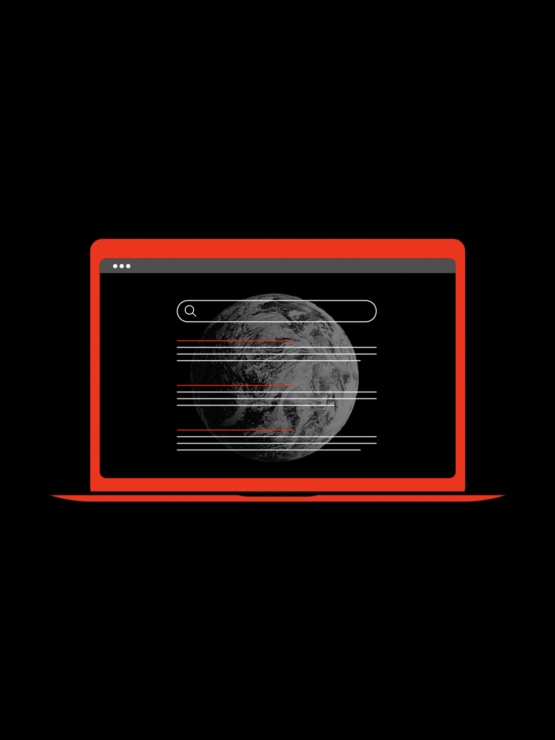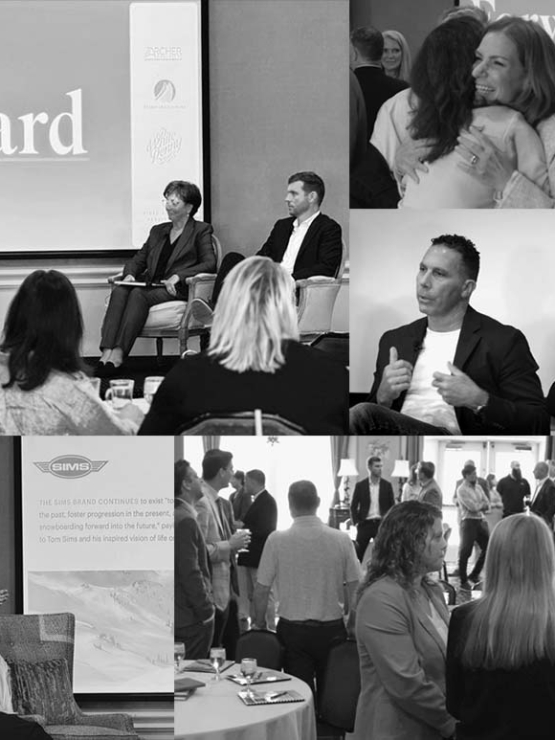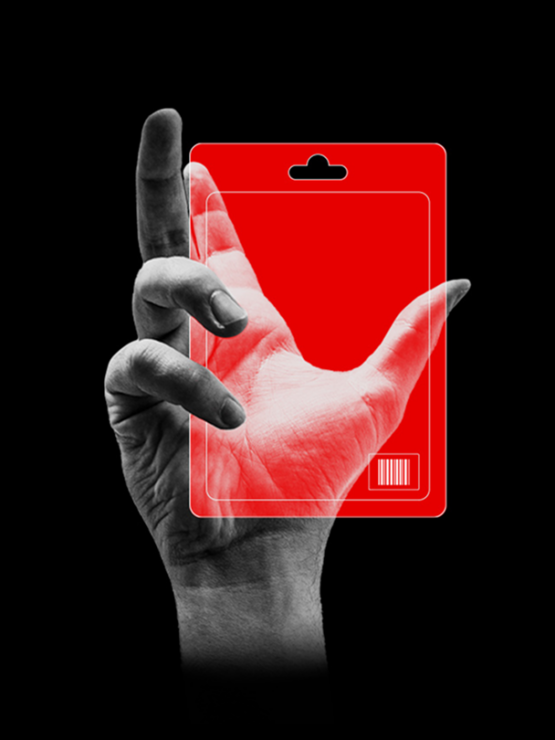Do you know what your customers want from the product you sell? Most businesses don’t think about this question enough.
My wife came home from work a week or two ago distraught. One foot in the door, she said, “I didn’t get the good latte guy today.” I’m confused. “I went to the latté place this morning and some new guy was running the machine. He’s an amateur. Why have that guy doing it when you have a master of the craft standing next to him grabbing pastries for people? It doesn’t make any sense.” This is the type of interaction that makes me happy that I chose to go to college in the middle of nowhere. She was there. My luck astounds me to this day. But how about that latté?
Why Jahlil Okafor Travels To New York To See A Movie
I was downright giddy reading about Jahlil Okafor’s movie habits on Deadspin. Based on the article, it seems the New York-based movie theater, iPic, owes him one heck of a thank you. In true Jimmy Fallon “Thank You Notes” fashion, it would read something like this:
“Thank you, Jahlil, for taking the train all the way to NY from Philly to see a movie at our theater. We’re reluctant to tell you there are four other movie theaters within four miles of you. So we won’t.”
But really, why is Jahlil Okafor willing to travel to NY from Philly to see a movie? That’s a two-hour commute each way!
According to the article:
“. . . Okafor makes $4.5 million a year. He’s 21. He’s just looking for ways to spend that much money! And, after looking up his favorite theater online, it does seem pretty nice. It has two levels of seating, and they’re called “Premium” and “Premium Plus.” Okafor can relax and see a crappy Reese Witherspoon movie while getting food delivered right to his table. There isn’t a theater this nice in the Philadelphia area, not even Movie Tavern.”
Clearly the demands have changed. An audience once satisfied with worn theater seats and sticky floors now demands an elite movie-watching experience: comfort, assigned seating, big, sharp screens, and fresh, clean theaters. And this is Philly, folks. We don’t have that in Philly.
Movie theaters, when they saw people buying jumbo screens and staying home, had to adapt the movie-watching experience. If someone is willing to travel on a train to watch a crappy movie — theaters can’t afford not to.
How To Convert Your Product Into An Experience
On her walk (OK, drive; it’s suburbia) to the train station, my wife passes a Starbucks, a Saxby’s, and a small place (that she likes!) that serves sandwiches and coffee. Then she gets on the train, gets off the train, and passes God-knows-how-many coffee establishments on Market street to get to her preferred spot. A 45 minute commute, without coffee, all because of the latté guy. And the owner seems to have no idea how good this guy is because sometimes he has him slinging egg and cheeses.
This is all just to say that people are particular and the experience matters. You have to go to the depths of your product or service to figure out that one thing that only you can do. In almost every industry, businesses are pivoting to meet the new demands of today’s more discerning customers. And you should be doing this too. Your business can capitalize by answering these two questions:
- What need does our product meet? Your answer must be laser-focused. You can’t sell an experience if you don’t know how your product changes lives. If you can’t define this — you should stop right now and go find out.
- How can we create an irresistible experience based on that need? Again, your product alone is just a product. Coffee is beans and water. A movie is the same at home or at a Ritz. But only the latté guy creates my wife’s preferred latté experience. And, for now, only the iPic in New York City (2 hours!) is doing it for Jahlil.
A product so enticing an NBA superstar would travel two hours to get it is a well-branded product. You know what though? He probably rides the Acela. I might even see a movie in NY if I could take the Acela.




